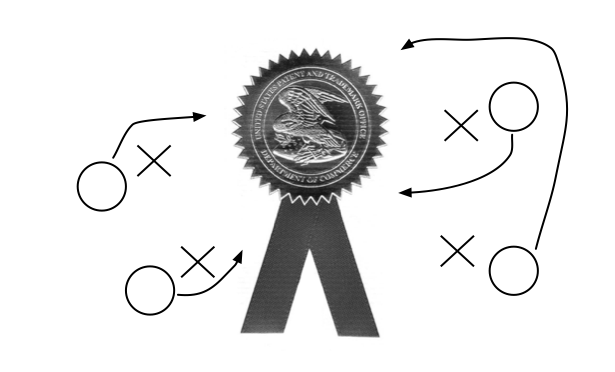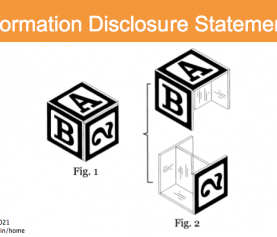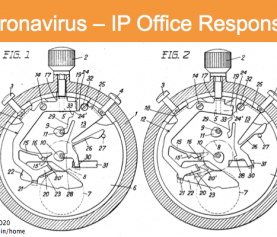Patent application strategy – what is best?
The right patent application strategy will depend on what your goals are for your business, and for the intellectual property you’re developing.
You’re running a company. Where to start?
If you’re running an operating company (or intend to), ideally you’ll aim for a family of patents covering a range of your innovations, and multiple families if you have multiple areas of innovation. If you have been innovating and have a backlog of innovations that you have not gathered and filed applications for, you may want to start by filing an omnibus provisional patent application covering all of your innovations. After that, if you’re planning to continue operating, you’ll want to pursue each innovation separately. And if you’re planning to sell a company but have not pursued patent protection, an omnibus provisional patent application can help you get the best price possible.
What if the inventions are very different?
If a backlog of inventions spans a range of subject matters, it may be simpler to file and prepare multiple single-invention provisional patent applications, or even multiple omnibus provisional patent applications, at the same time. In this, or any patent application strategy, pay careful attention to patent inventorship (for more, check out my blog post titled Who Is a Patent Inventor, and What Is Inventorship?).
What patent application strategy if you’re founding a business?
If you’re launching a startup, you may want to focus your patent application strategy on cost-effectively protecting one core innovation while gaining momentum for your business. Provisional patent applications are a relatively cost-effective path to gaining a first year of protection for your invention. Provisional patent applications also allow you to label and market your product or service as “patent pending”, and let you test the market and refine your invention. If the invention is finalized, and depending on the subject matter of the invention, the advantages of a provisional patent application may not outweigh the slightly increased cost of applying for a provisional patent application and then a non-provisional patent application — so you may want to pursue a non-provisional patent application to begin with.
What if the invention is in development?
If you’re still refining and developing your invention, you may want to consider a “staged provisional patent application strategy” — by filing multiple provisional patent application, each with additional disclosure, over the course of a year. Of course, you’d follow them by filing a non-provisional patent application within one year of filing the first provisional patent application.
File early and often
This can be an effective way to get the earliest protection possible for an innovation (by filing a general concept and description of the invention), and getting additional filing dates for additional refinements of or additions to the invention, as you develop it over the course of the year. While this patent application strategy will probably cost more than a single provisional patent application followed by a non-provisional patent application, it spreads the cost over the year, and will get you a provisional patent application filed earlier than if you wait to have the invention fully developed. Have questions about the cost? Click here for my blog post titled How Much Does a Patent Application Cost?.
What if I or someone on my team has shared the invention?
If there’s an inadvertent public disclosure, you should rush to get something filed as quickly as possible! After that, you may want to follow the “staged provisional patent application” strategy above, or you may want to file a non-provisional patent application quickly, but you’ll certainly want to file at least one application immediately. This applies whether the disclosure was to potential investors, to a friend, at an academic conference, to the media, or by selling the product or service.
You’ve gotten a patent application allowed. Now what?
When you get a notice of allowance, saying that a patent will be issued, celebrate! But your patent application strategy doesn’t necessarily end there. You’ll also want to keep prosecution of a patent family open, even after getting a patent issued, with continuation applications and divisional applications, and probably continuation-in-part applications – please see my blog post on continuation patent applications for more information. By keeping an application pending, you hedge against the possibility of one or more of your issued patents being challenged or invalidated. If that happens, you can move a divisional to issue with a priority date going back to your first filing. This does add to the cost, but it can easily pay off if patents are challenged.
Have questions?
If you have questions about patent application strategy, your pending patent applications, or your inventions or innovations, I’ll be glad to hear from you. You can reach me through my contact-me form, or at 617-340-9295.







[…] strategy, that makes sense for entrepreneurs, startups, and businesses of any size. I’ve written on patent application strategy before, but not in detail about what I call a “staged provisional patent application […]
[…] your innovations and a patent prosecution strategy that makes sense for you (such as my posts on patent application strategy, and a staged provisional patent application strategy). Think about that the next time […]